The COVID-19 pandemic devastated the US healthcare system by both introducing novel and catastrophic challenges and by exacerbating many pre-existing issues within the country. Countless organizations including hospitals, private practices, and even insurance companies have been forced to finally acknowledge and address the major weaknesses in the current delivery of healthcare. This presents us with an opportunity to implement meaningful changes to the industry as we work to recover from the pandemic and strengthen our resiliency against future crises.
Optimizing data analytics for patient-centered care
Advanced data analytics tools have played a key role in the battle against COVID-19, but its use has implications that go far beyond the pandemic. In the modern world, data is critical to operations across all industries and healthcare is no exception. Many organizations are investing in innovative data solutions to reduce costs, increase patient access, and deliver higher-quality care.
Through apps that utilize FHIR (Fast Healthcare Interoperability Resources), consumers will have more access to data and enable better communication of critical patient data. By developing longitudinal patient records, healthcare professional can make better predictions about which patients are at higher risk of disease and provide early interventions. Additionally, physicians can better evaluate the underlying influences of certain medical conditions.
Many physicians are now also taking advantage of the benefits provided by remote monitoring devices like the AltumView’s smart activity sensors, which transmit vital patient metrics to healthcare providers. Tools like these allow providers to evaluate long-term health trends and respond to emergencies as they happen.
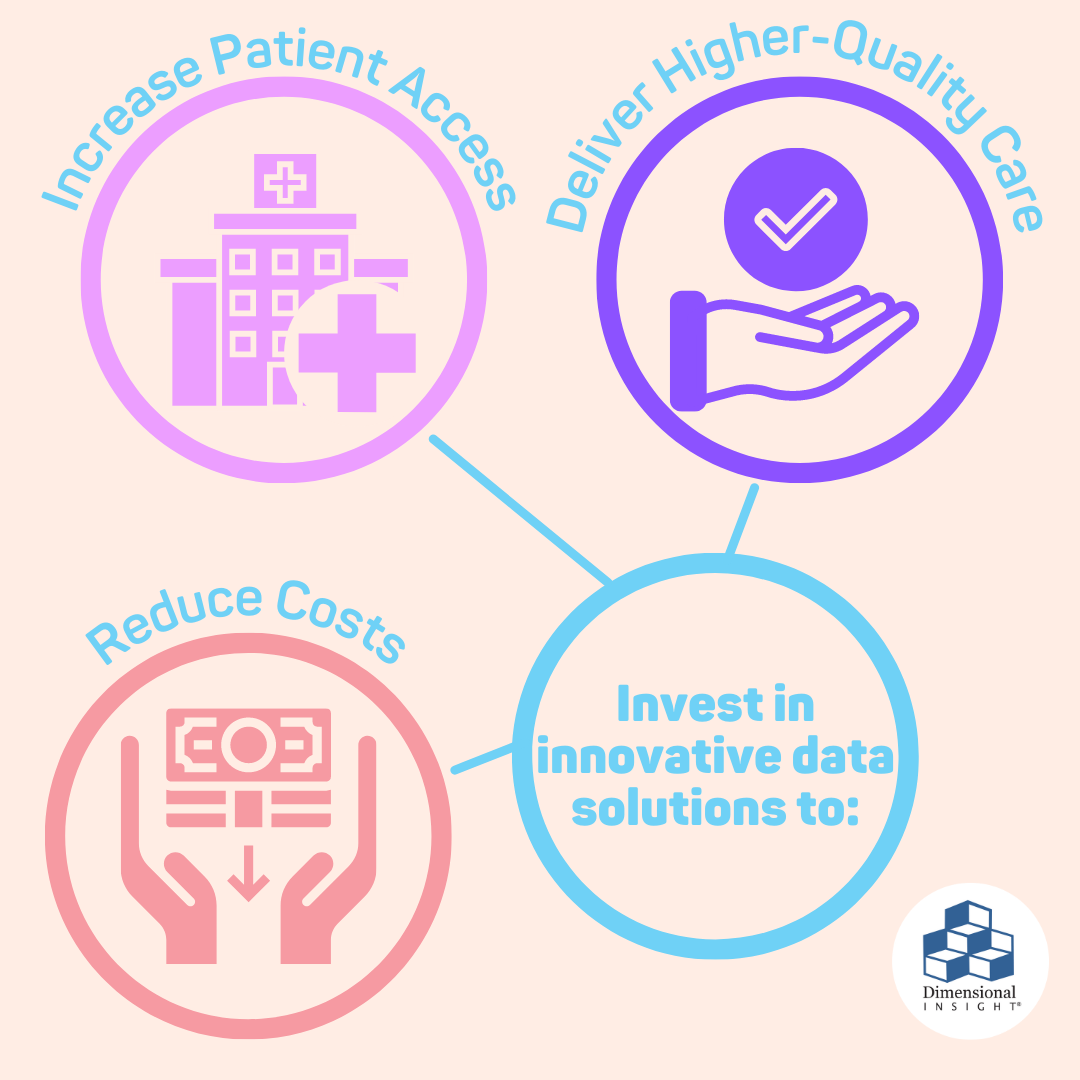
Advancing artificial intelligence
The US healthcare system is a massive industry, and as a result, produces a massive amount of data. However, this data is largely useless without adequate algorithmic capabilities to translate it into meaningful insights. This obstacle was highlighted during the pandemic, when AI was implemented to help fight the virus on all fronts from outbreak detection to contact tracing to even developing a vaccine. As we move forward from the outbreak, healthcare providers need newer and more advanced artificial intelligence tools that can continue to properly address growing data sets and produce actionable results.
AI has become a key player in the field of diagnostic imaging, where huge amounts of complicated data sets and images can be analyzed and compared to other studies to identify patterns and possible abnormalities. This enables radiologists, cardiologists, and other physicians to make important decisions in prioritizing critical cases and evaluating the correct treatment plans. The ability to detect and asses a wide variety of clinical conditions in a timely manner can mean the difference between life or death for a patient.
AI also has a promising future in sequencing molecular structures for developing new medicines and assessing potential genetic diseases. For example, the company Deep Genomics uses a proprietary AI to develop customized therapies for genetic diseases by untangling complex RNA biological data. By identifying the genetic determinants for certain diseases, advanced algorithms can predict the likelihood of a genetic disease emerging.
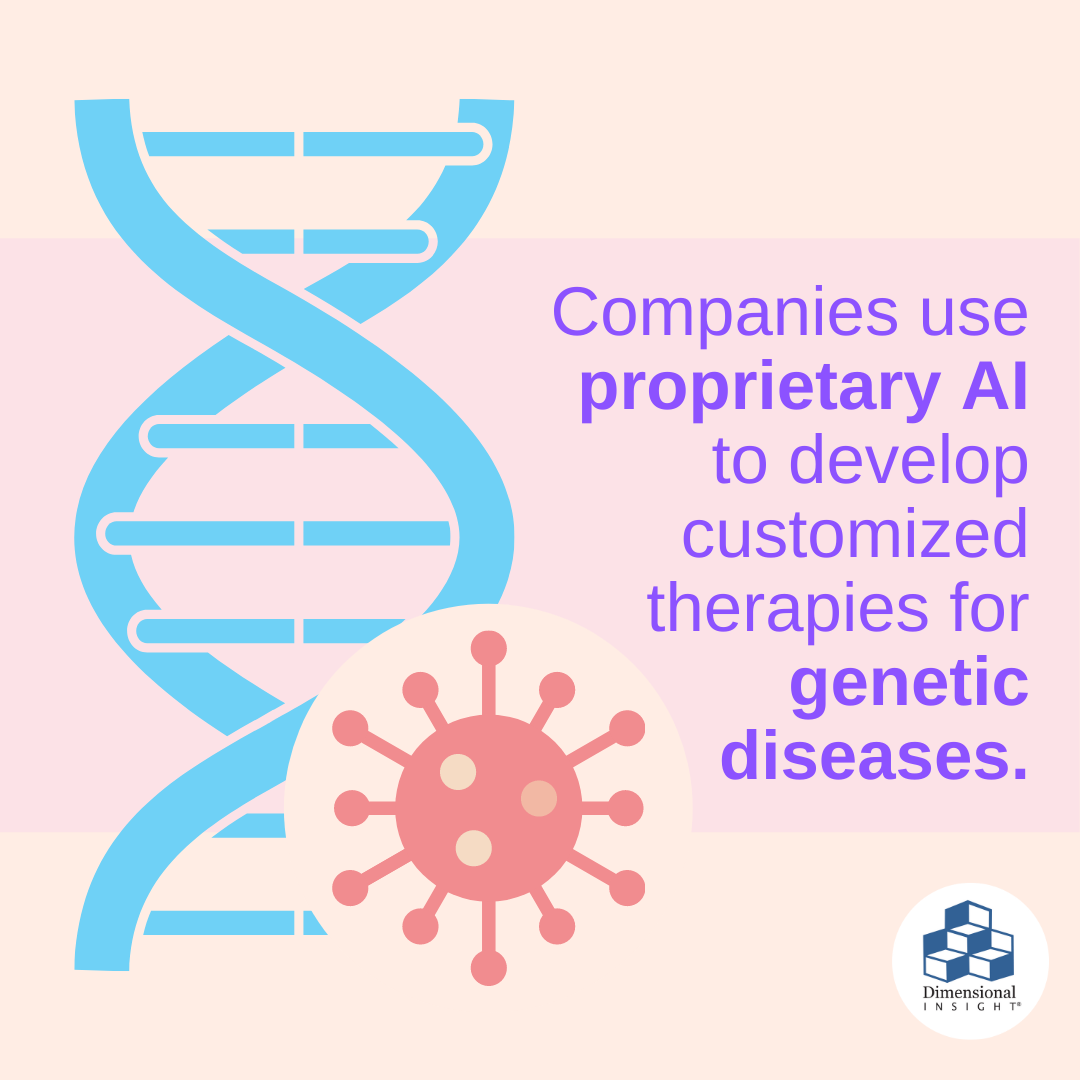
Addressing weaknesses in cybersecurity
The transition to remote work and telehealth during the pandemic opened up new channels for hackers to exploit. Many cyber criminals took advantage of the use of unsecured WiFi and lack of enterprise virtual private networks (VPNs) to gain easy access to important data systems. According to a report from cloud security company Bitglass, the number of healthcare data breaches in 2020 increased by 55% from 2019.
Recently, hackers have escalated their methods of assault from just phishing and stealing information to large-scale ransomware attacks. In October of 2020, six hospitals were hit in just one day alone, leading to significant operational issues and system shutdowns. The attacks, which occurred while healthcare systems were already compromised due to the pandemic, highlighted major preexisting weaknesses in cybersecurity and demonstrated the importance of investing in secure data storage.
It’s critical that healthcare IT leaders acknowledge the threat that cyber-attacks pose and establish preemptive measures to combat future incidents. Additionally, IT teams need to communicate effective cyber security practices to other staff members and work to identify possible vulnerabilities. Moving forward from the pandemic, organizations need to adopt a “when” and not an “if” mindset when it comes to potential future attacks.
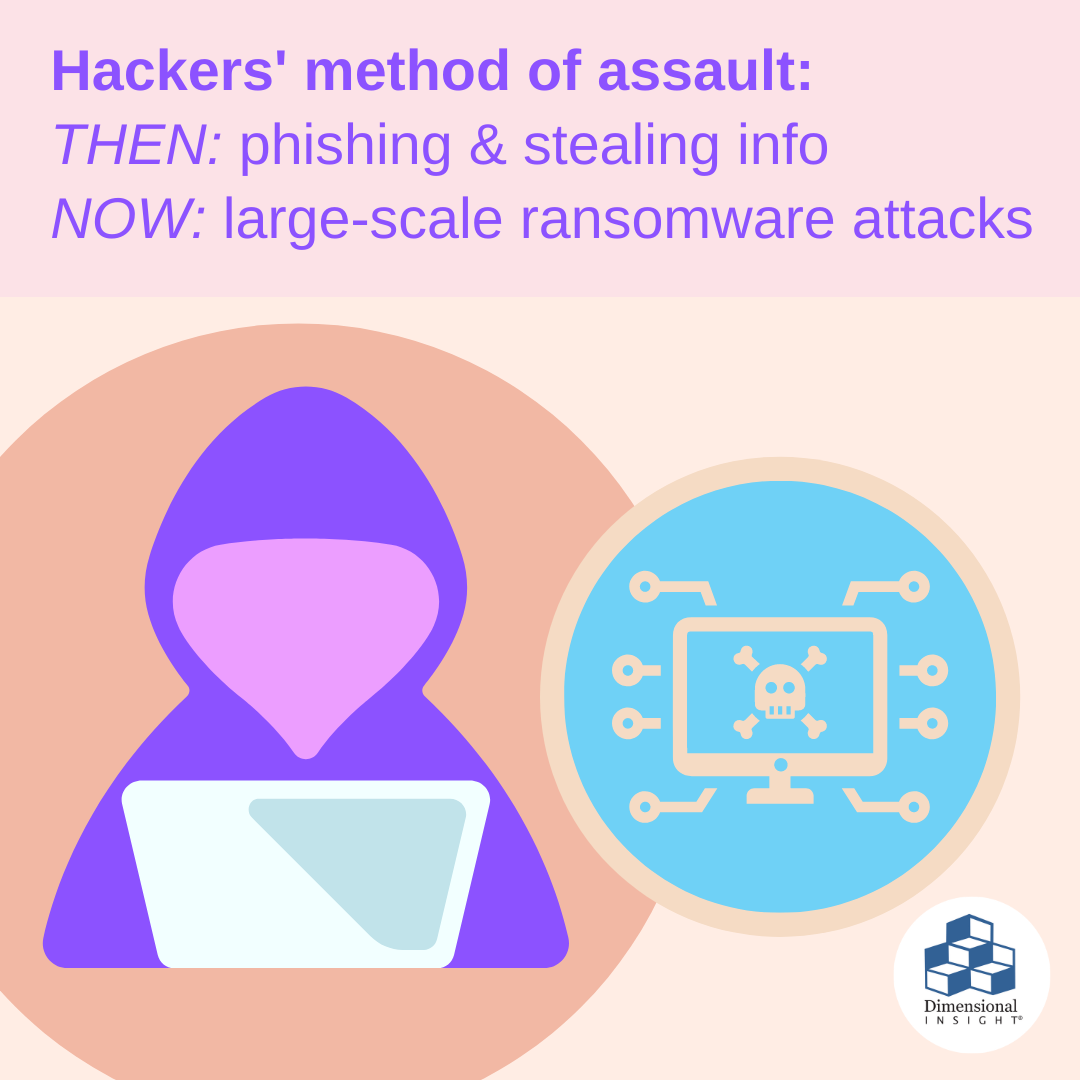
Expanding coverage of telehealth services
With the onset of the COVID-19 pandemic, telehealth went from being a niche convenience to forming the backbone of many healthcare delivery systems. Now, after experiencing the value provided by remote care, providers and patients alike have expressed interest in keeping telehealth long-term.
One of the key benefits of remote care is the geographic gap it closed between physicians and their patients. Transportation and location once posed serious barriers when it came to scheduling medical appointments, especially in rural or low-income communities. Now, telehealth allows doctors to reach patients who have slipped through the cracks of the traditional healthcare system. Additionally, telehealth has overall been found to be able to support the delivery of high-quality and guideline-satisfying medical care, making it especially useful in the treatment of individuals with chronic conditions, like cardiovascular disease or mental illness.
With the benefits of telehealth made apparent, many policymakers have introduced plans in an attempt to keep telehealth coverage long-term. In December 2020, CMS announced that it would be permanently expanding more than 60 telehealth services following the pandemic. Furthermore, in February of 2021, senators Tim Scott, Brian Schatz, and Jeanne Shaheen introduced the Telehealth Modernization Act in an attempt to protect access to healthcare in rural areas and lift limiting telehealth restrictions.
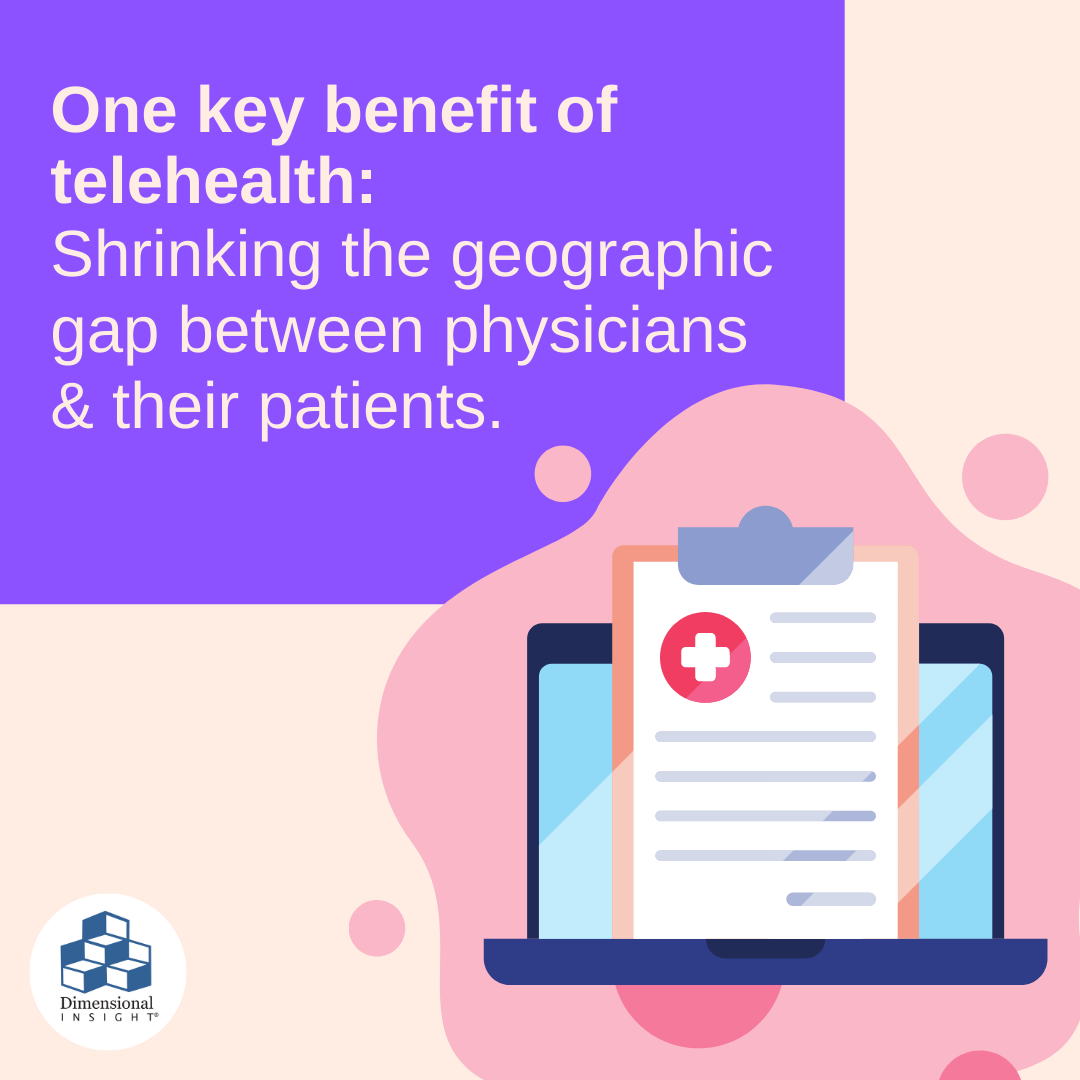
Improving user experience and digital relationships
With telehealth remaining long term in some form or another, more attention needs to be directed towards designing systems that enhance user experience and strengthen patient-provider relationships. A digital world requires seamless and comfortable interaction to facilitate collaboration and improve clinical outcomes.
One of the most significant areas in need of improvement is patient-centered design and customer relationship management. Without the face-to-face interaction that comes with in-person care delivery, many providers are concerned about their ability to build customer trust. Healthcare systems must be designed so that they are able to effectively handle real-time customer issues and maintain reliable communication channels with those they serve. Additionally, it’s critical that healthcare providers ensure that their platforms are interoperable, and that data can be accessed and shared seamlessly across settings.
While the healthcare industry has focused primarily on designing patient-centered solutions, it’s critical that physician needs be addressed as well. Even before the pandemic, many physicians were already burned out and felt they were wasting too much time on administrative tasks and paperwork instead of focusing on patient care. The solution here is the implementation of better human-centered design that emphasize the clinician experience. By automating certain administrative processes and enhancing interoperability between healthcare software solutions, organizations would see a significant return on physician satisfaction and in turn patient care.
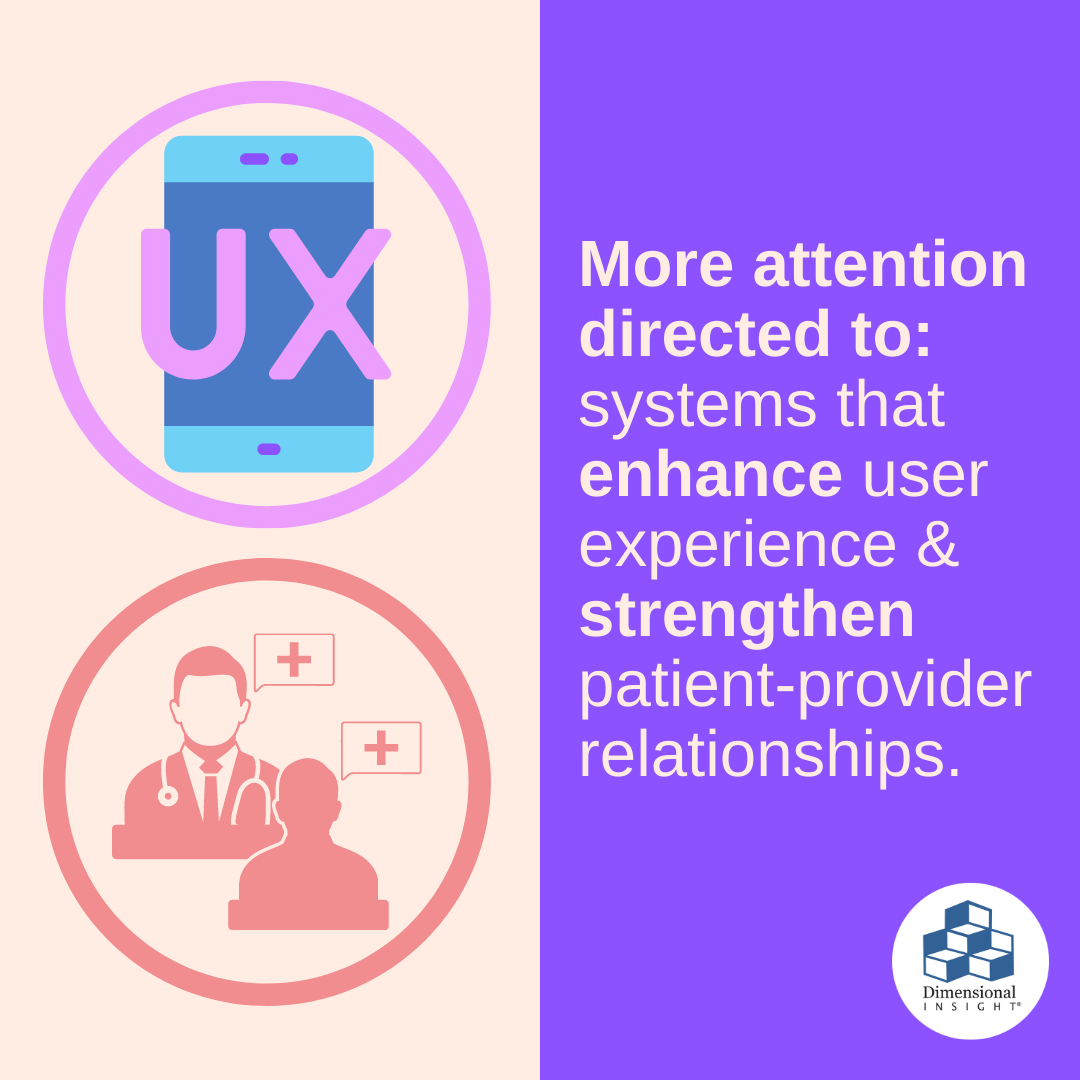
Moving forward from the pandemic—easier said than done
As the world works to recover from the debilitating effects of the pandemic, there are still many questions that need to be answered. Moving forward, IT teams across the healthcare industry have a great deal of challenges to address over the next several months and even years. To learn more about how the COVID-19 pandemic changed the healthcare industry, check out our whitepaper — Forrester Q&A: Lessons Learned by Healthcare Organizations During the COVID-19 Pandemic.
- How Spirits Brands Can Improve Brand Loyalty with Data Analytics - January 30, 2024
- The Collapse of Herbl, and How Other Cannabis Distributors Can Avoid the Same Fate - January 24, 2024
- Top 5 Blog Posts of 2023 - December 28, 2023




